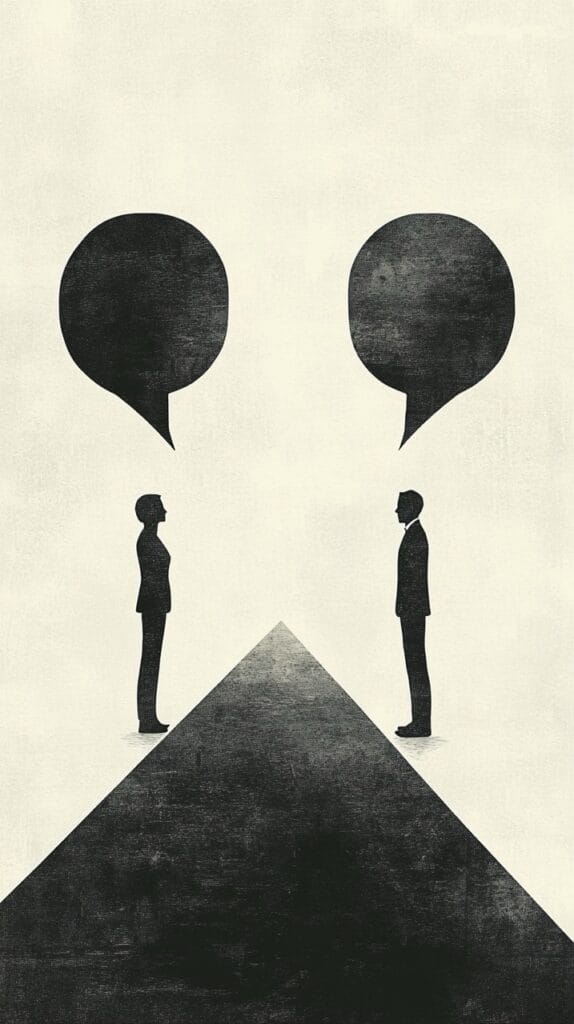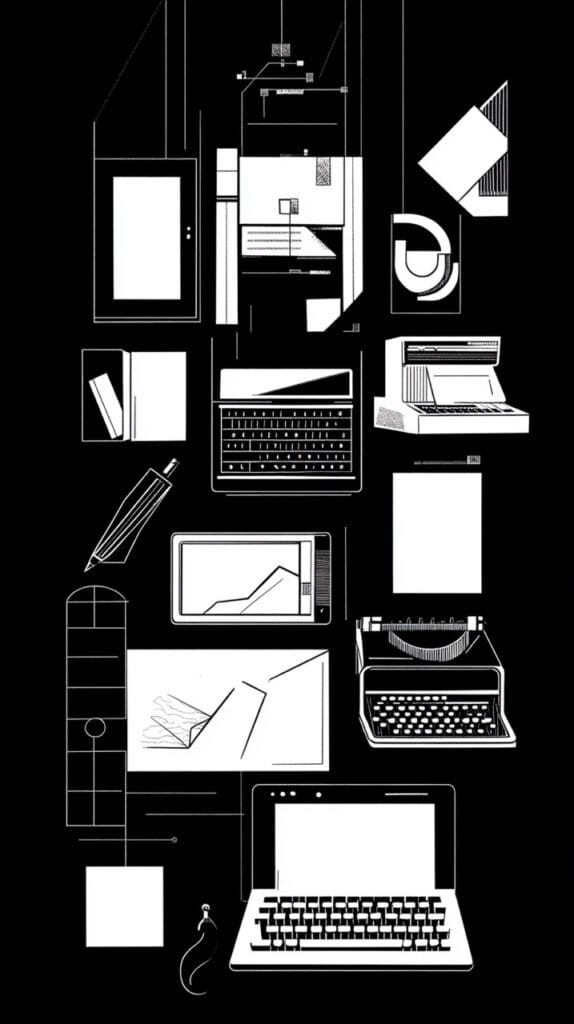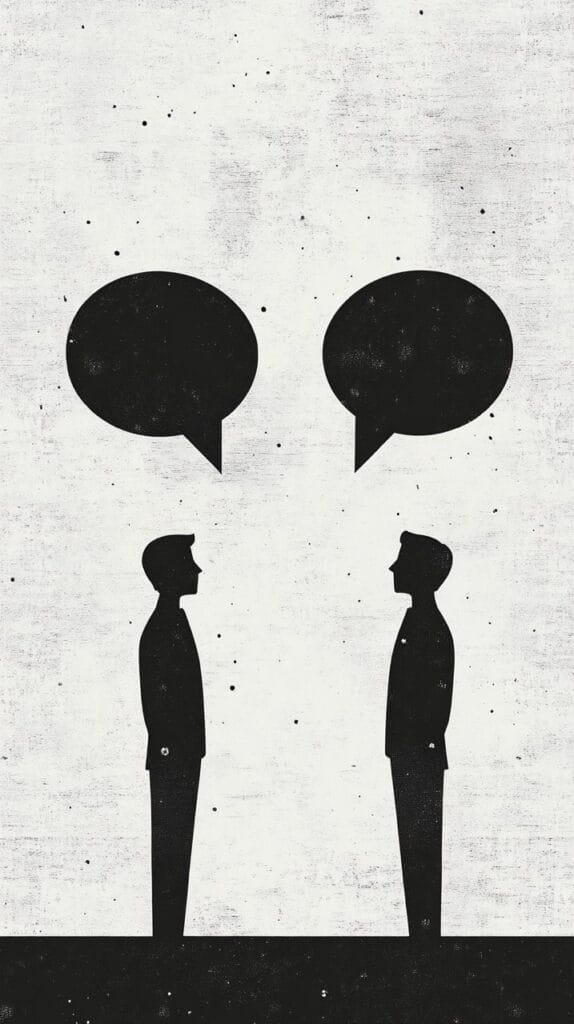The art of translation has been discussed for centuries, from ancient philosophers to today’s localization experts. While you might be familiar with Nelson Mandela’s famous words about speaking to someone’s heart in their native language, the conversation about translation and localization has evolved dramatically in recent years.
I’ve selected a few perspectives from writers, translators, and localization experts, from traditional literature to modern technical challenges, to paint a picture of how the industry has evolved. The relationship between language and human connection has fascinated thinkers throughout history, but today’s language professionals face unprecedented challenges. As we navigate the complexities of AI translation, global market demands and cultural adaptation at scale, there’s value in perusing both timeless wisdom and contemporary perspectives from industry leaders.
The Human Element in Translation
The discussion about human connection in translation work has grown over the past decade. While historical perspectives focused on abstract notions of cultural bridges, today’s language industry leaders are tackling the concrete challenges of maintaining human connection in an increasingly automated world.
A global experience manager at Qualtrics once said the more we talk about metrics as an industry and as professionals, the more we’ll identify and measure what matters. There’s no point deciding to localize in 25 languages if you have not proven that localization moves the needle for a specific content piece and initiative.
This focus on measurable impact, rather than abstract ideals, defines modern translation and localization work.

International users are often treated like second-class citizens when it comes to software produced in North America, as Cornelia Sittel, who leads localization at Salesforce Commerce Cloud, once noted. “That’s why we’re here today, to help change that.” Her observation highlights how the industry has pivoted from viewing translation as a nice-to-have feature to recognizing it as a fundamental element of user respect and business success.
The tension between human connection and measurable business impact shapes much of our current industry discourse, as we aim to inspire both audiences and stakeholders. It no longer suffices to simply translate words. Today’s language professionals have to balance cultural nuance with concrete ROI, user experience with technical constraints, and quality with speed-to-market demands.
The Evolution of Translation as a Technical Practice
The transformation of translation work has been dramatic. A former communications lead at GALA (Globalization and Localization Association) put it well: “While neural networking has really brought machine translation up to a quality where it is almost at parity with human translation quality, it has also brought with it a real shift in the role of the translator nowadays from translating, even with computer assisted tools, towards postediting. And that is a very different skill that many translators still need to grow.”
Consider also Anthony Burgess’s often-quoted insight that “translation is not a matter of words only; it is a matter of making intelligible a whole culture.” Modern localization teams understand this viscerally. When adapting software interfaces or marketing campaigns, their success depends on deep technical expertise combined with cultural intelligence.
The industry’s perspective on language has gone from seeing translation as purely an art form to recognizing it as a sophisticated technical process that’s expanded well beyond the original text. Today’s language workers navigate complex systems where they need not only linguistic skill, but an understanding of technical documentation, user interfaces, compliance documents, and content management systems for everything from poetry to advertising.
Literature and Technology Shape Translation

“Regardless of the type or nature of a localization project, a thorough evaluation of the source material will always help prevent surprises, problems, and rework late on in the process,” wrote Bert Esselink in his Practical Guide to Localization over twenty years ago. He also pointed out that “the most difficult task in evaluating any software localization project is estimating the number of hours required for engineering and testing.”
The challenge of maintaining accuracy while preserving cultural relevance has become even more complex since then. While earlier translators worried primarily about faithful rendering of literary texts, today’s language professionals must consider a vast array of technical requirements.
“The difference between the right word and the almost right word is the difference between the lightning-bug and the lightning,” Mark Twain famously observed long ago. In modern localization workflows, this attention to precision extends beyond word choice to include:
- Technical terminology consistency across platforms
- UI string character limitations
- Regional formatting standards
This evolution doesn’t diminish the importance of human insight in translation though. Rather, it adds new layers of complexity to the translator’s role.
British professor Peter Newmark once noted “translation is a craft consisting in the attempt to replace a written message in one language by the same message in another.” Today’s craft simply includes more tools and considerations than ever before.
The Impact of AI on Translation and Language Work
The traditional image of a translator, working thoughtfully with dictionaries and reference materials, is evolving rapidly. While Anna Rusconi’s famous quote “words travel worlds, translators do the driving” remains true, the vehicle itself has totally transformed. Today translators are increasingly navigating with AI-powered tools, sophisticated translation management systems, and neural machine translation, all of which are inspiring a new era of linguistic accuracy.
This technological shift hasn’t made the translator’s role any less essential though. If anything, it has elevated the importance of human judgment in the translation process. The challenge isn’t just converting text from one language to another; it’s knowing when and how to leverage technology while maintaining the cultural and contextual awareness that only humans can provide.
Inspiring Quotes from Today’s Language Leaders
Other more recent perspectives from language industry leaders reveal how the field continues to change.

“The inherent reality of our information-based society is that content carries culture, it’s a reflection of the culture in which it was created and it evokes reaction from the cultures to which it’s distributed,” write Chandler and Deming in The Game Localization Handbook. This understanding shapes how we approach modern translation challenges.
The focus has already shifted from whether to use AI in translation to how to use it effectively. As industry veterans often point out, the goal isn’t to replace human translators but to enhance their capabilities. The best translations still emerge from a careful balance of technological efficiency and human insight.
This balance becomes particularly crucial when we consider localization at scale. Today you have to be faithful not only to the source text but also to:
- User experience across multiple platforms
- Brand voice in different cultural contexts
- Technical accuracy in specialized fields
- Market-specific compliance requirements
Quality assessment has also developed beyond simple accuracy checks. One must understand that in today’s market, the translator does their job at the intersection of multiple demands. As Giovanna Conte, from Pactera Technology International, said: “Quality is measured from different angles – translator, language, product. And this is done to fix isolated flaws, but also to identify partners with root causes to drive quality upstream.”
Richard D. Lewis reminds us in When Cultures Collide that “one’s first step toward adaptation must at the very least be to avoid irritants.” He further emphasizes that “common sense, self-awareness and a modicum of unhurried thought are all useful resources for avoiding behavior that might prove irritable to our partners.” These principles are key as we navigate increasingly complex global markets, where the target audience’s needs must be prioritized.
The Future of Translation and Localization
“Any professional translator will tell you that translation isn’t just some mechanical process. It is a creative process, a topic of academic research,” says Friedel Wolff in Effecting Change Through Localisation. “When we see how software struggles to translate from one language to another, we see that a translation requires attention to detail to really feel right.”
This granularity becomes particularly important in digital environments. Nitish Singh wrote in The Culturally Customized Web Site “global web sites that are likely to enjoy the powerful advantages of branding will be those that are distinctively customized to their target markets.” This customization extends beyond individual translators to encompass entire localization teams, technology platforms, and AI systems working in concert.
From Friedrich Nietzsche to today’s AI researchers, intellectuals have long debated the essence of good translation. Yet as we get started with new technologies, what hasn’t changed is the fundamental goal: enabling meaningful communication across language barriers.
Sometimes the most successful localization efforts come from unexpected places, inspiring new approaches to translation.
Triin Tähema, who previously managed Skype’s localization program, once shared an illuminating example: “Skype’s global distribution and success story was actually made possible thanks to many community translators that were also beta testers. They were volunteering and translating Skype applications into their native languages because they wanted to have this communication software be available for their friends and family.” This goes to show that translation and localization can be driven by genuine human connection rather than just business metrics.
From Classic Translation Wisdom to Modern Localization Success

Looking over all the translation and localization quotes above, one thing becomes clear: while the tools and techniques have transformed dramatically, the core principles remain surprisingly constant. The best translations, whether done with AI assistance or purely by human hand, still require that essential combination of linguistic skill, cultural understanding, and careful attention to context, which every author knows is vital.
Today’s language professionals may smile at George Steiner’s poetic notion of “provinces bordering on silence,” even as they navigate the very real borders between markets, platforms, and user expectations. Modern localization work might look different from traditional translation, but, again, it serves the same fundamental purpose: breaking down barriers to human connection and understanding.
What These Translation and Localization Quotes Tell Us
Looking at both historical wisdom and contemporary insights, we can draw several key conclusions:
The translator’s role hasn’t diminished, it has expanded. Today’s pros need to be technologically savvy, culturally aware, and strategically minded. They must understand not just languages, but user experiences, market dynamics, and technical constraints.
Perhaps the most relevant quote for our time isn’t one at all, it’s just pragmatic modern localization: not just converting words from one language to another, but ensuring that meaning, functionality, and cultural relevance survive the journey intact.
Looking to the future of translation and localization, it’s worth remembering that every technological advance in our field has ultimately served to enhance, rather than replace, human expertise. The art of translation continues to evolve, but its fundamental purpose remains unchanged.
